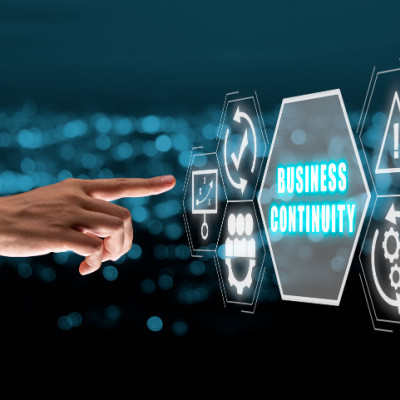ServiQual Blog
You Need to Have a Business Continuity Plan for Your SMB
Business technology is known to be remarkably finicky, particularly if you do not have the requisite knowledge to manage and maintain it. After all, there is a reason why you hire an IT department or a managed service provider to handle this role. What happens if your technology fails, though? Do you have a plan in place? What does a plan like this even look like, anyway? Let’s dig into the details.
What is a Business Continuity Plan?
Today, we are exploring what is commonly known as a business continuity plan. It considers several rare, but possible occurrences that could create a lot of trouble for your business and prepares contingency plans to address them.
A good business continuity plan will address the following:
- Data backup and disaster recovery
- A hierarchy establishing a chain of command
- A plan for continued operations, even in the worst-case scenario
Let’s examine what each of these might look like.
Data Backup and Disaster Recovery
Regarding data backup and disaster recovery, two primary measures come to mind: recovery point objective (RPO) and recovery time objective (RTO). RPO is how much data your business needs to operate without sustaining a loss. RTO is how quickly your business can get operations back to an acceptable level without sustaining a loss. You should maximize RPO while minimizing RTO. We recommend you take an inventory of data and ensure that the most critical data is prioritized during this process—at least at first, when operations are likely to be rough enough as is. Ultimately, you do want everything to be totally redundant and stored in multiple locations.
A Chain of Command
Businesses spend a lot of time preparing for disasters like floods, fires, hurricanes, electrical storms, and other equally dangerous situations. Still, they often forget a crucial loss of life or personnel. If someone vital to the organization falls ill and cannot work, or if they were to leave the business for greener pastures, you’ll want to have a succession plan to minimize the setback. Have processes and documentation set up so that this chosen successor can slot into their new role with minimal disruption to everyday operations.
Continuous Operations
When we say “continuous operations,” we really mean minimal downtime. You need to ensure your business can return to work in some capacity following a disaster. While data backup and recovery might address the building blocks of your business, continuous operations will address the solutions that utilize them. For example, suppose your company uses a cloud-based solution to keep track of its customer data. In that case, you can get operations back in proper working order, provided you have a physical location and technology available to access everything.
Basically, the key takeaways here are:
- Be prepared with data backup solutions that minimize data loss and prioritize a faster recovery time.
- In the event of a personnel loss or emergency, have plans that are readily available and easy enough to follow by anyone who needs to fill big shoes.
- Have a backup operational location, technology to get operations going, and solutions that allow for remote work to minimize time spent putzing around following a disaster.
ServiQual can help you implement all of the above. To get started, contact us today at +230 260 4655.

